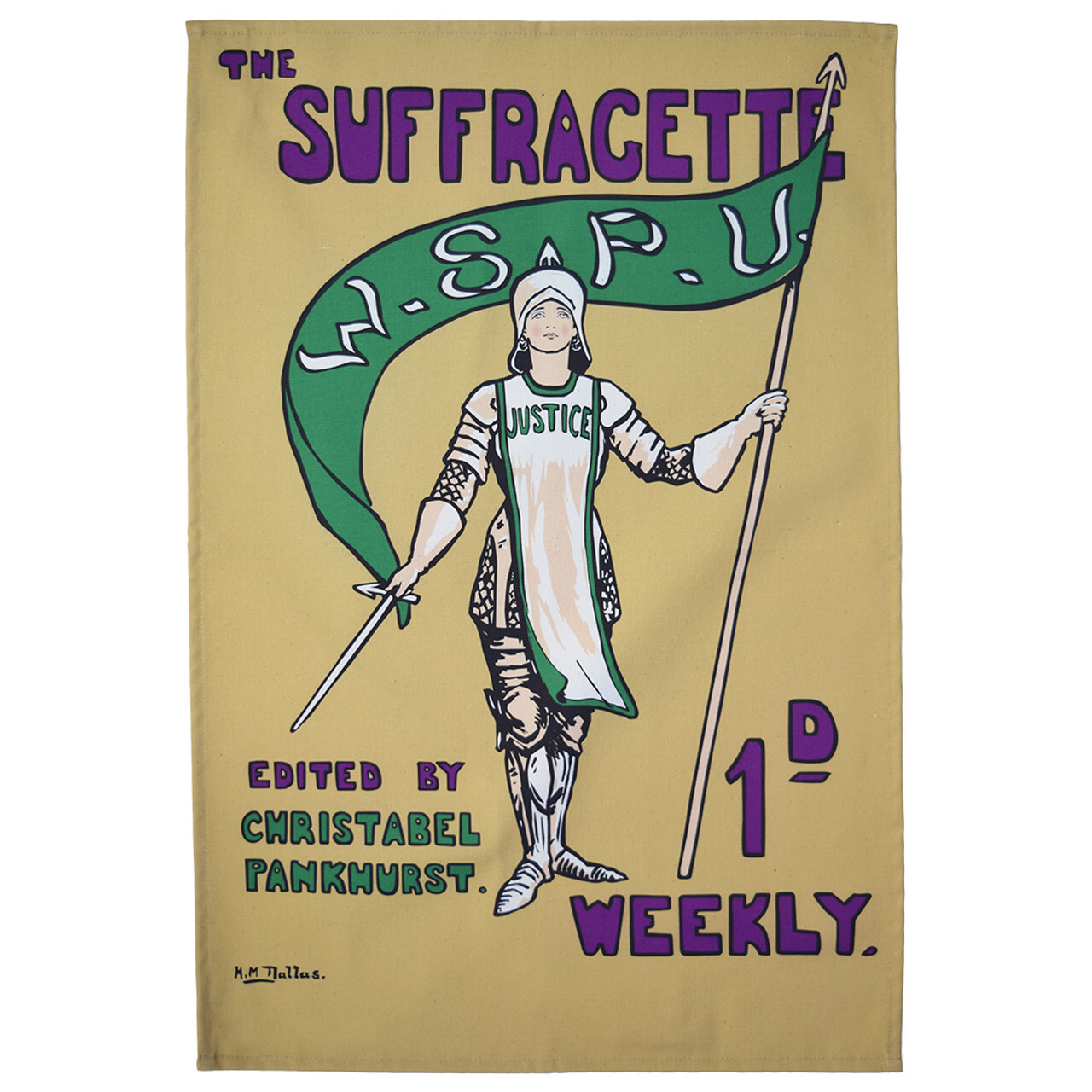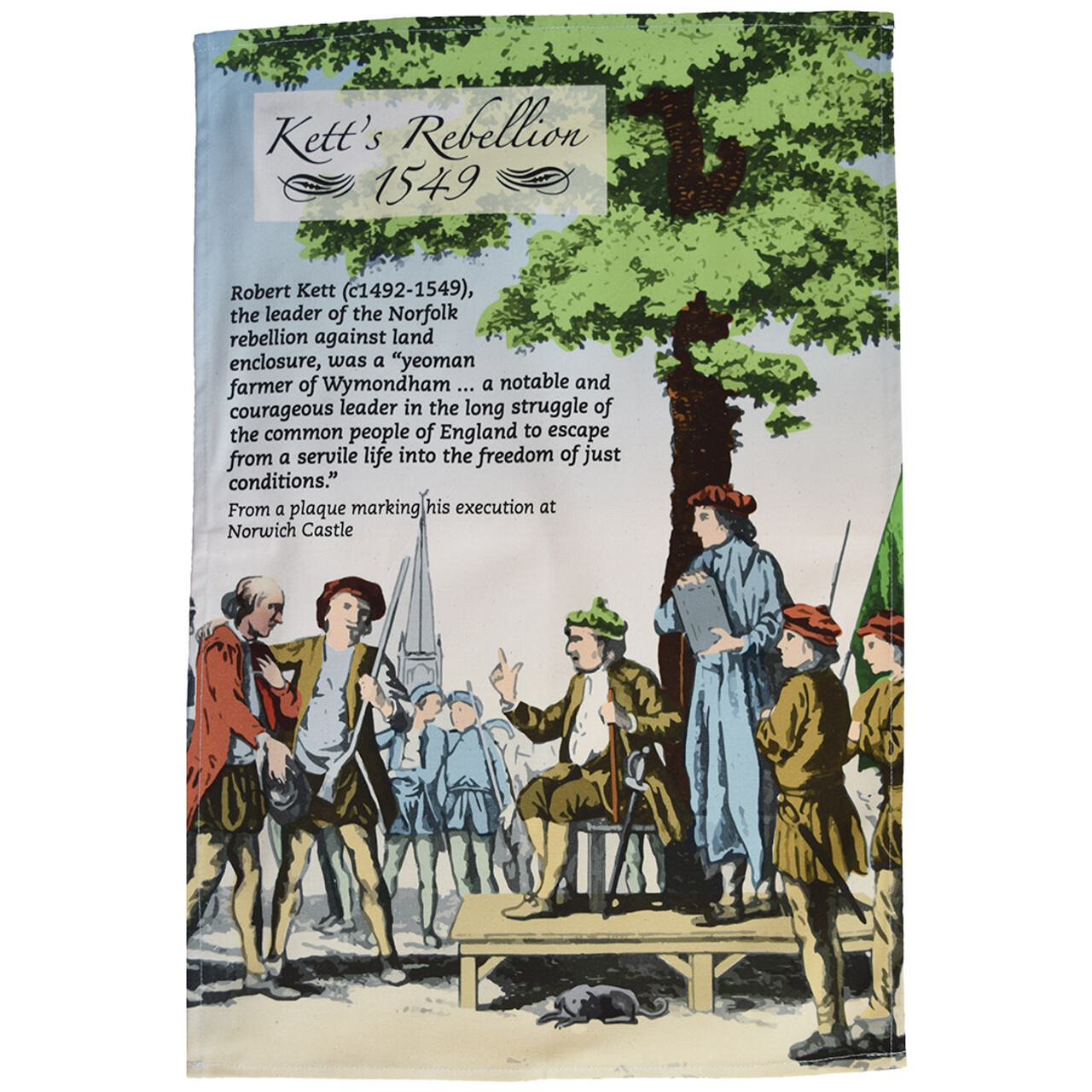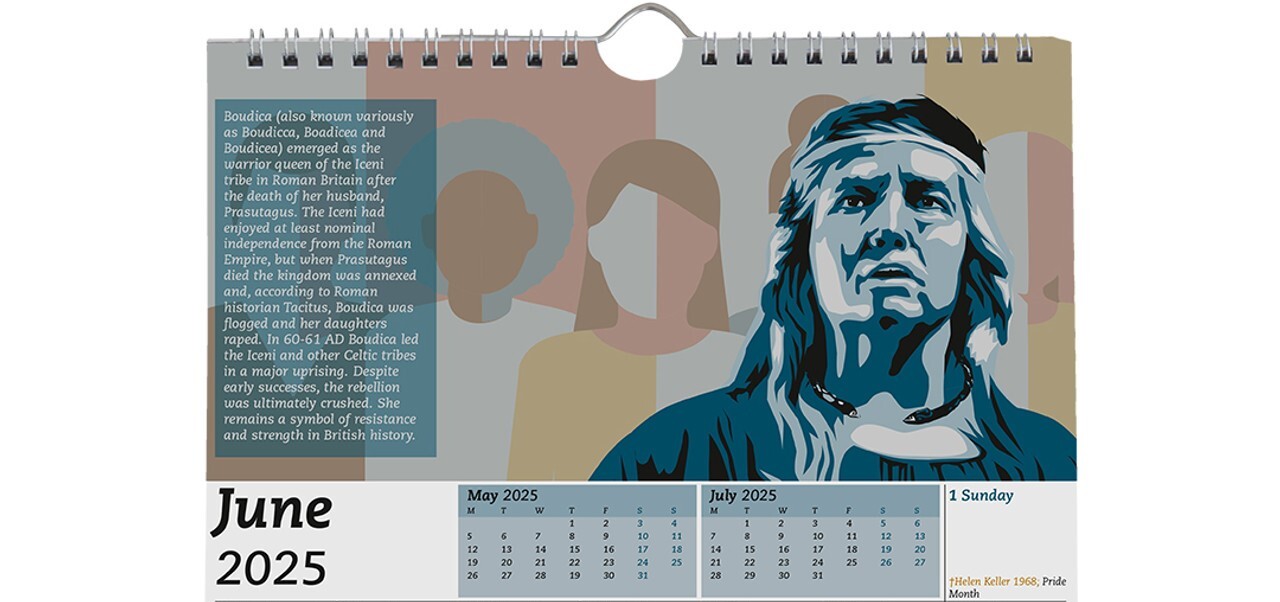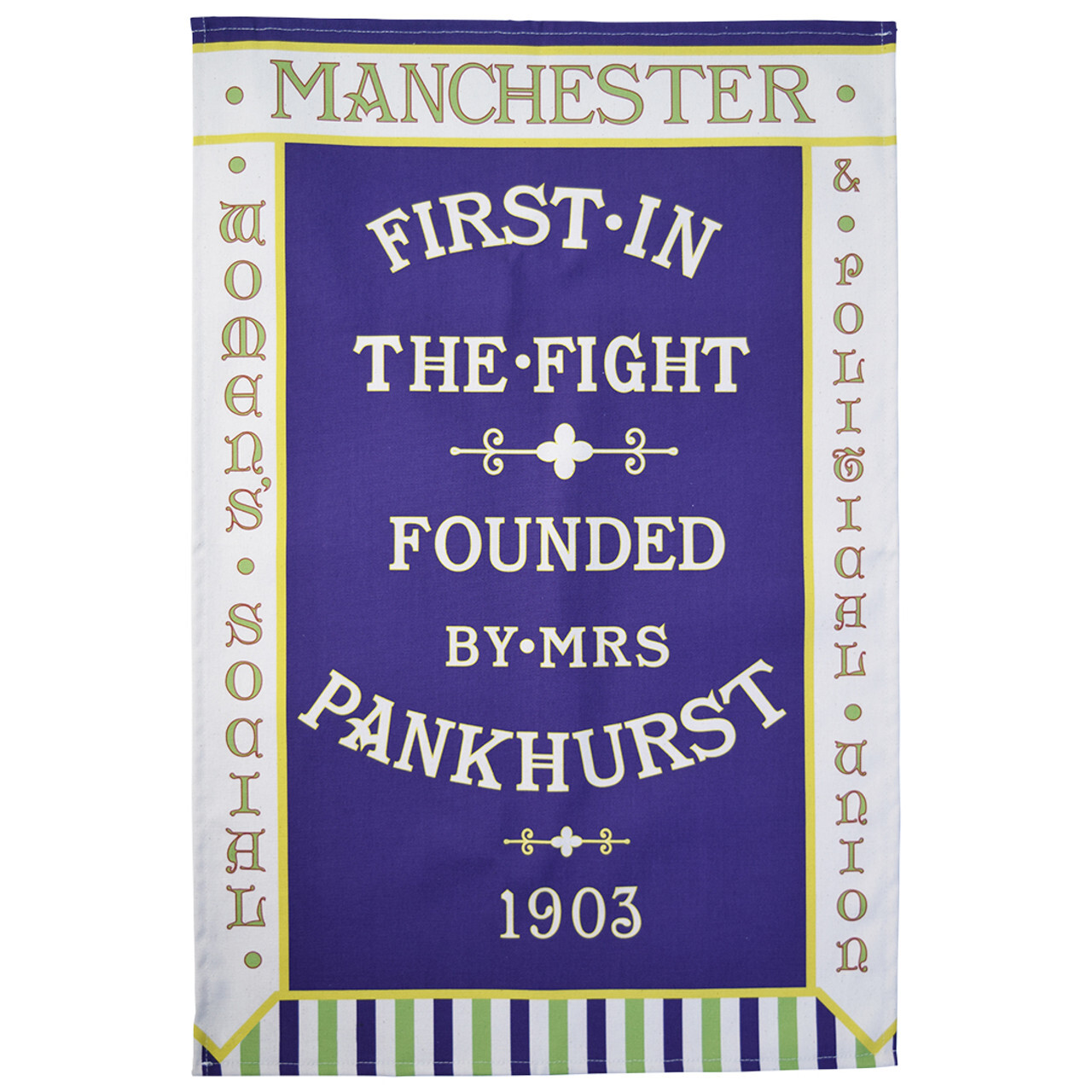Boudica: The Warrior Queen Who Inspired British Feminists
Posted by Pete on 23rd Feb 2025
Boudica stood up to her oppressors in an era when Britain was on the receiving end of imperial injustice
It’s not often in history that Britain’s been on the receiving end of imperial injustice.
But if you go back far enough, things get turned on their head.
In the first century it was England that was dominated by a foreign empire – Rome – and it was ancient Britons who rebelled against it.
Specifically, Boudica, Queen of the Iceni, who launched a massive uprising against Roman rule in 60 AD.
Like Joan of Arc, British feminists have been attracted to the idea of Boudica as a fighter
After a brief incursion by Julius Caesar’s army in 55 BC the Roman Empire launched a full-scale invasion of England a century later in 43 AD.
By the year 60, most of England and Wales had been turned into a Roman province: ‘Britannia.’
But all was not well.
Roman governors ruled much of the territory through indigenous client kingdoms, including the Iceni tribe in what’s now Norfolk and parts of its adjacent counties in the east of England.
The ruling king, Prasutagus, was Boudica’s husband.
In his will, Prasutagus left his kingdom to be shared jointly by Boudica’s daughters, on the one hand, and his ally the Emperor of Rome on the other.
But when he died in 60 AD the Romans broke the deal.
Imperial troops invaded Iceni land and annexed it to the Empire. The territory was ransacked and new taxes imposed on the natives.
But Boudica and the Iceni people wouldn’t go quietly.
A millennium after Boudica and the Iceni, Norfolk was the birthplace of another rebellion against unjust authority, led by Robert Kett
See the Kett's Rebellion tea towel
The Iceni already had a history of anti-imperial resistance to Rome. In 47 AD they had successfully rebelled to prevent a Roman attempt to disarm Iceni warriors.
Now, Boudica mobilised an army of tens of thousands of indigenous soldiers to retake the country from Rome.
Their first target was Camulodunum (Colchester), which was a garrison settlement for Roman army veterans.
These men brutalised the indigenous population, who now wanted justice.
Boudica’s troops destroyed the town before marching on Londinium – London.
Boudica, who led the Iceni and other Celtic tribes in a major uprising against the Romans
See the Women's History Calendar 2025
The Imperial regime was in crisis mode with many senior officials fleeing across the Channel to Gaul.
Boudica defeated the Roman Legion defending Londinium and then conquered the town.
But despite her rapid military success Boudica and her rebel Britons couldn’t match the resources of the Roman Empire.
The Governor of Britannia, Gaius Suetonius Paulinus, who’d been in Wales trying to subdue indigenous resistance there, now pivoted to fight Boudica.
Like Spartacus’ slave rebellion in Italy a century earlier, the Iceni and their allies were ultimately overpowered.
Boudica and her rebellion were put down in 61 BC and the Queen either died in battle or soon afterwards.
But also like Spartacus, Boudica’s radical history didn’t end with her death.
Boudica inspired later 20th century feminists, who adopted fighting language in their struggle for equal rights
See the Manchester WSPU tea towel
Almost two thousand years later, Boudica was adopted by the women’s suffrage movement in Britain as a symbol alongside other warriors like Joan of Arc.
The National Union of Women Suffrage Societies (NUWSS) had a Boudica banner to bring to suffrage marches.
And Boudica was written into feminist plays, too, like A Pageant of Great Women produced by the Actresses’ Franchise League in 1909.
The symbolic value of Boudica to the suffrage struggle was multi-faceted.
One NUWSS pamphlet praised Boudica as the:
"...heroic figure of a woman, mother, and ruler...a type of the 'eternal feminine' – the guardian of the hearth, the avenger of its wrongs upon the defacer and the despoiler."
British feminists were also attracted to the idea of Boudica, like Joan of Arc, for her quality as a fighter.
The slogan of the Pankhursts’ WSPU was 'First in the Fight' and Boudica fit this perfectly.
This ‘Boudican’ spirit of the suffrage movement came out in Winifred Carey’s 1909 poem, ‘The Warrior Woman’:
"With bold heart braving a world's unrest,
With banner waving, and glancing crest
Comes the warrior woman out of the west.
To the gibes of the mocker she gives no heed,
For she comes in the hour of their direst need
To fight for those who would fain be freed."
Anti-imperial leader in her own time, feminist icon in ours, Queen Boudica of the Iceni remains a giant of radical history in the British Isles.




